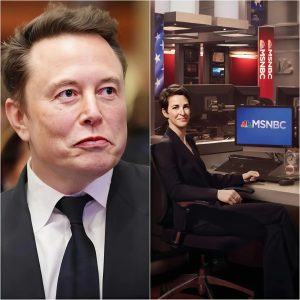Elon Musk, the visionary entrepreneur behind Tesla and SpaceX, has once again pushed the boundaries of innovation with the announcement of the Tesla E-Helicopter. This cutting-edge electric helicopter represents a significant leap forward in aviation technology, promising to revolutionize various industries and reshape the future of transportation.
The Tesla E-Helicopter is designed to be a quiet, emission-free alternative to traditional gas-powered helicopters. By leveraging Tesla’s expertise in electric propulsion and battery technology, this aircraft aims to address the environmental concerns and operational limitations associated with conventional helicopters. The E-Helicopter boasts impressive specifications, including a substantial range of 300 miles on a single charge and advanced vertical takeoff and landing (VTOL) capabilities.
One of the most significant implications of the E-Helicopter lies in its potential to transform urban mobility. As cities grapple with increasing traffic congestion and air pollution, the E-Helicopter offers a promising solution for efficient and sustainable urban air mobility (UAM). By enabling rapid, direct travel between city centers and suburbs, the E-Helicopter could significantly reduce commute times and alleviate traffic congestion. Additionally, its quiet operation and zero emissions make it an ideal choice for urban environments.
Beyond urban mobility, the E-Helicopter has the potential to revolutionize various industries, including emergency services, logistics, and defense. In emergency situations, the E-Helicopter’s long range and rapid response capabilities could be invaluable for search and rescue missions, medical evacuations, and disaster relief efforts. In the logistics sector, electric helicopters could streamline the delivery of goods, especially in remote or congested areas. Furthermore, the military and defense sectors may find applications for the E-Helicopter in reconnaissance, surveillance, and special operations.
While the E-Helicopter represents a significant technological advancement, several challenges remain to be addressed. One of the primary challenges is the development of robust and efficient battery technology to power the aircraft. Additionally, the establishment of a comprehensive infrastructure for charging and maintenance of electric helicopters is crucial for their widespread adoption. Regulatory hurdles and public acceptance are also factors that will influence the commercialization and deployment of electric helicopters.
Elon Musk’s E-Helicopter is a bold and ambitious project that has the potential to reshape the future of aviation. By combining cutting-edge technology with a commitment to sustainability, Tesla aims to usher in a new era of clean and efficient air travel. As the development of the E-Helicopter progresses, it is likely to spark innovation and competition in the aviation industry, ultimately benefiting society as a whole.





